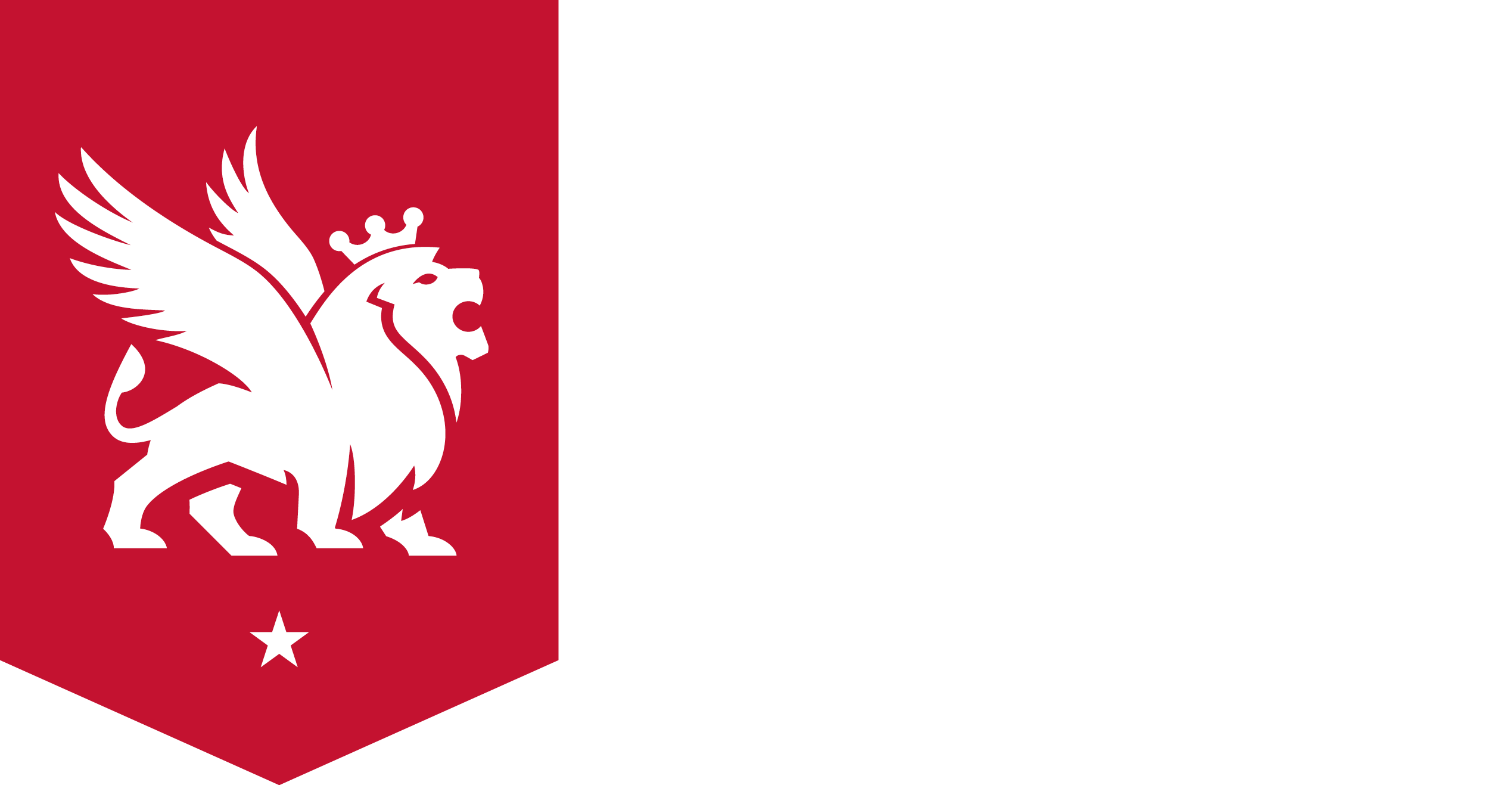Two Secrets to Unleashing The Power of Your Creativity
Curt Hanke — FOUNDER, PRINCIPAL, CEO & CHIEF STRATEGIST
Originally published in INC. Magazine on February 18, 2014
Looking to get more creative thinking from yourself and your team? Advertising exec Curt Hanke shares his two back-to-basics approaches.

“What is the secret to your creativity?” As an advertising and digital agency, we hear this question a lot from candidates and clients alike. And I’m not going to lie to you — part of it really is a secret. As in, “magic in a bottle” kind of stuff where you don’t want to look too closely at how it works for fear that the bottle just might become empty.
But that being said, there truly are techniques that you can use to get more effective creative thinking from your team, your partners, and your organization as a whole.
First, the bad news. There are no shortcuts. It’s not a new app. Or a fresh tub of Play-Doh. Or anything else that you’d see in a movie about how “creative people” ostensibly function in a business environment.
As with most things, it’s actually about getting back to basics. But from these “basics” (which often require much more effort than one might think), a fountainhead of profound creativity, innovation, and fresh thinking can be found.
Make it simpler.
In the era of Big Data, more information is not necessarily better information. After twenty years of working with a wide range of organizations — from $10 billion to $10 million in sales — I will submit that the biggest challenge to creativity is actually a lack of clarity, focus, and consensus. Far too often, reams of data, months of presentations, and panels of review teams actually work to obfuscate our objectives and muddy our outcomes. See also: analysis paralysis.
So, you want to be more creative? Start by rolling up your sleeves and reducing your situation to its most basic elements. What do you really want to accomplish and why? What are the largest barriers to this outcome, in order of priority? Identify the real pressure points circling your problem or opportunity and continue to break your quandary down to its finest parts and pieces. Pretend that you’re trying to explain the problem to a third-grader: From beginning to middle to end. Make. It. Simpler.
Within the four walls of our agency, every project starts with a creative brief. And every creative brief requires that our teams reduce the initiative to a single word. That’s right, just one simple, beautiful, maddening word.
Nathaniel Hawthorne is known to have said, “Easy reading makes damn hard writing.” Amen, and so germane to the topic of creativity. Only when you reduce a problem to its most basic elements can you see what you’re really dealing with — and what’s possible as a result. And that’s when the fun really starts.
Make it human.
Think about your last ten business meetings related to innovation or creativity. Now add up the number of times in which people — that’s right, the actual living, breathing customers from whom you seek to earn business — had fair representation at the table.
Drive more traffic. Increase conversion. Generate more loyalty. These are all noble objectives, to be sure. But far too often, the act of defining objectives becomes rote — merely words that fill a managerial obligation, or pages slid into yet another strategic planning deck — devoid of the humanity in which any work efforts will ultimately live.
So, in concert with making things simpler, let’s make them more human. From defining your objectives and isolating your barriers to assessing your competition and dreaming up possibilities, let’s put this all into the context of the hearts and minds of real, living, breathing people.
What are they doing now? Why are they doing it? How do they see you and your competition? What do you want them to think, do, or feel? What are the barriers to this happening? What’s happening online? At retail? In their world? What is the naked truth?
For a moment, stop being a businessperson. Be an anthropologist. A social psychologist. A journalist. A sociologist. A student of the world. What do you see? When you walk a mile in their shoes, both literal and virtual, how does your perspective change? What do you see when you view your problem through the eyes of your prospects and customers?
Behind every great new product, innovation, or communication is a powerful insight about our world, our culture, our lives. The brands that turn heads, capture press, and steal market share are all driven on a platform of people. And it is frankly astounding how often this incredibly critical strategic anchor falls to the wayside in the heavy arms of feasibility and execution.
Steve Jobs once said that, “Creativity is just connecting things. When you ask creative people how they did something, they feel a little guilty because they didn’t really do it, they just saw something. It seemed obvious to them after a while.”
So, make things simpler. Put people at the forefront. And get ready to feel guilty, because you’ll be surprised at the impact these two basic “secrets” can have on your organization’s creativity.


